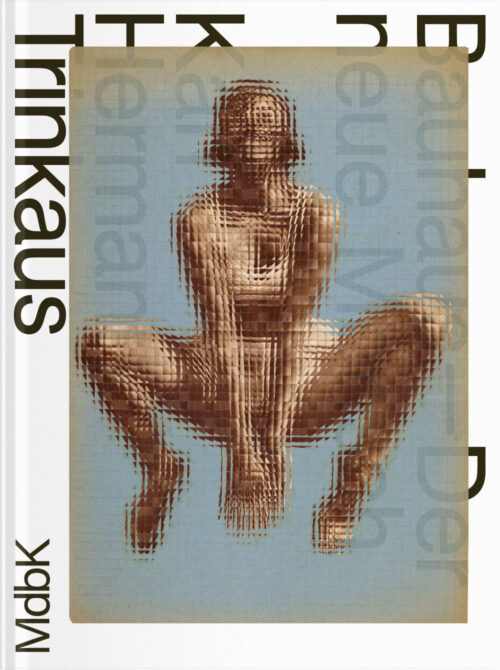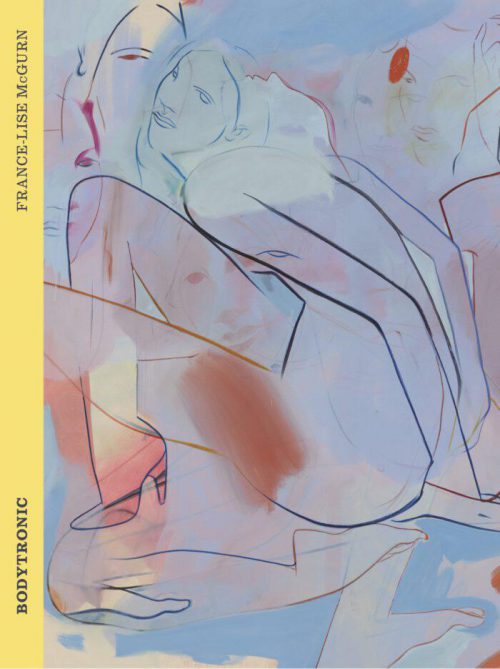
In 1911, Harry Graf Kessler noted in his diary that the Bauhaus was especially looking for „the new man". One person who wanted to follow this search at that time was the Leipzig native, Karl Hermann Trinkaus. Initially an artistically ambitious autodidact, he finally studied in 1927 and 1928 at the Bauhaus School in Dessau.
His work ranges from exercises on color theory and perspective studies, between landscape watercolors, architectural studies and socially critical collages. The variety and disparity of his works, subjects and media can be explained on the one hand by the constant search for new possibilities of artistic work, on the other hand by the 'epigonal' confrontation into which self-taught people fell with all their achievable role models.
Until its ‚discovery' in New York in 2009, the estate of Trinkaus slumbered over 50 years in Leipzig. The Museum of Fine Arts Leipzig is now showing a first monographic exhibition on Trinkaus based on selected works. The accompanying publication presents for the first time the complete catalog of works with 377 positions, but also works on the hitherto incomplete biography and honors the artistic work of Karl Hermann Trinkaus.
YOU MIGHT ALSO LIKE
HOME



